Guide to Shipping Container Sizes & Types
 Becca Hubert | Dec 13, 2023
Becca Hubert | Dec 13, 2023
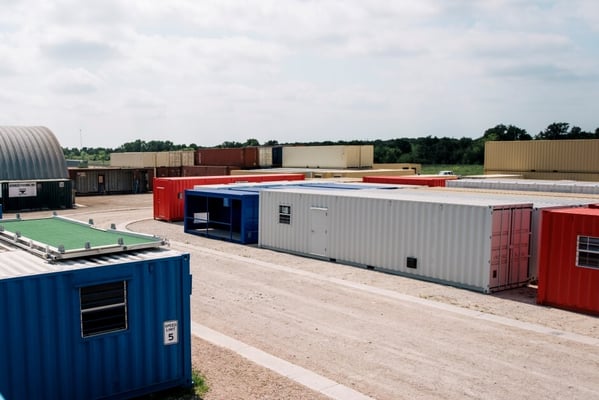
Shipping containers are the global go-to for the storage and transportation of goods. The adoption of containerization in the mid-20th century drastically increased the speed of international trade and reduced the cost. Now, shipping containers are an industry all their own, with a variety of standard shipping container sizes and uses, as well as more uncommon configurations.
In the past two decades, the durable, weathertight, and stackable nature of shipping containers led to a new industry: modified shipping containers.
You might be familiar with modified container mobile offices for construction or industrial applications, but that merely scratches the surface of the potential of modified shipping containers. Other examples include mobile testing facilities in healthcare, housing for temporary workers or displaced individuals, dry storage facilities, restrooms, and even pick-up stations for online retail orders.
Before you begin planning a modified container project, you should get to know your options. We’ve developed a guide of shipping container terms, types, and sizes to help you get started.
Common Shipping Container Terms
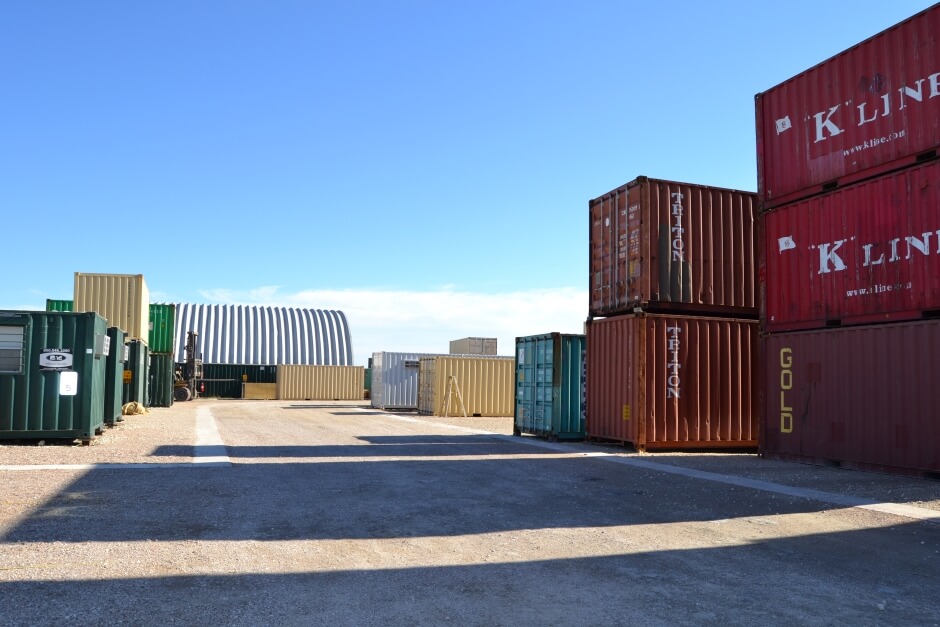
Like many industries, the container industry has developed its own lingo over the years. Rather than Google the unfamiliar terms, review the interchangeable names for “shipping container” below:
- Shipping container - the most used term
- Ocean container, sea container, or seacan - refers to a container used on overseas shipping vessels
- Intermodal container - refers to a container that is used across different modes of transportation (cargo ships, trains, semi-trucks, etc)
- Conex or conex box - often stands for “container express,” originally developed during the Korean War to transport and store supplies
- ISO container - a container that is manufactured in compliance with Internal Organization for Standardization specifications
10-Ft Shipping Container Dimensions
Exterior: 9’ 9.75” (L) x 8' (W) x 8.6" (H)
Interior: 9’ 3” (L) x 7' 8" (W) x 7' 10" (H)
Square footage: Approx. 75 sq ft
Cubic footage: Approx. 560 cu ft
Common modifications:
- Compact offices
- Equipment enclosures
- Security booths
20-Ft. Shipping Container Dimensions
Exterior: 20' (L) x 8' (W) x 8.6" (H)
Interior: 19' 4" (L) x 7' 6" (W) x 7' 9" (H)
Square footage: Approx. 150 sq ft
Cubic footage: Approx. 1200 cu ft
Common modifications:
- Industrial site workspaces
- Climate controlled storage
- Equipment enclosures
40-Ft. Shipping Container Dimensions
Exterior: 40' (L) x 8' (W) x 8.6" (H)
Interior: 39' 5" (L) x 7' 8" (W) x 7' 9" (H)
Square footage: Approx. 300 sq ft
Cubic footage: Approx. 2400 cu ft
Common modifications:
- Bathrooms or locker rooms
- Dual office workspaces
- Remote worker living containers
High Cube Shipping Container
High cube shipping containers have the same dimensions as the standard containers listed above, but the height is increased by a foot to 9’ 6”. These are often used to increase shipping storage space and improve air circulation. The extra height makes high cube containers ideal living spaces and frequently used workspaces.
Marketplace availability of these container sizes varies. For instance, at the time of this article’s publication, 40-foot high cube containers are more readily available to purchase for Falcon’s inventory than the standard 40-foot containers.
Common Uses Based on Type of Shipping Container
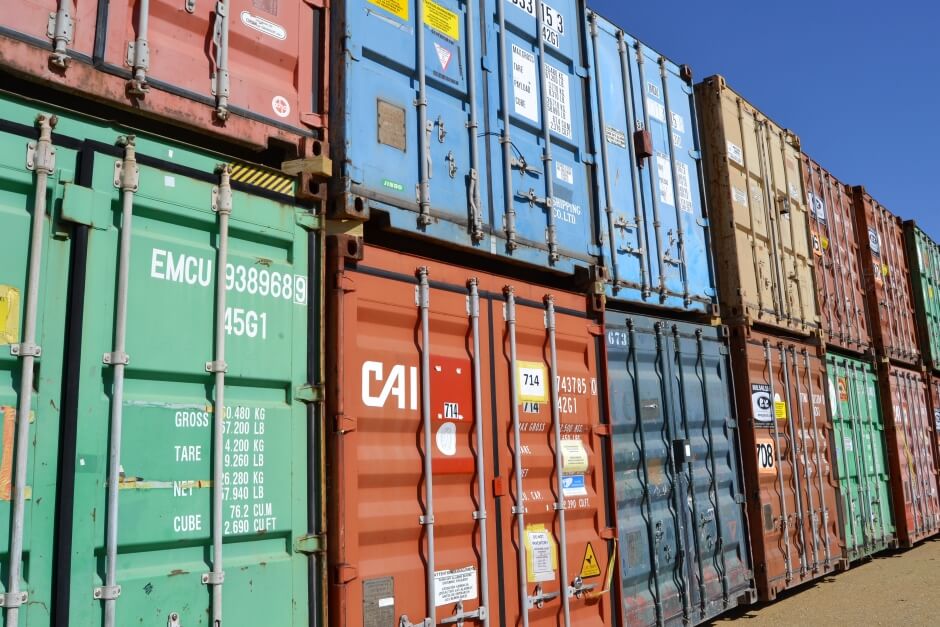
Consider the different types of shipping containers before starting a modified container project. The list below describes the most common ones that Falcon uses, as well as less common container classifications.
- Cargo containers - These containers are certified to transport cargo on a ship. Once cargo containers receive modifications, they can no longer carry cargo. They must be recertified to travel by ship.
- One-trip containers - As the name implies, one-trip containers have only traveled overseas to the U.S. once. We use one-trip containers for most applications, especially work and living spaces.
- Used containers - These containers have traveled back and forth overseas several times, often acquiring a decent amount of wear and tear. Used containers are typically most suitable for storage applications. We often use these for structures that don’t need to be aesthetically pleasing, like first responder training facilities.
- Dry container vs. refrigerated/reefer containers - Most modified containers originate as dry containers that are relatively watertight. However, some include built-in climate control systems to regulate temperatures for temperature-sensitive cargo.
- Special containers - Falcon’s expertise lies in modifying the standard shipping container types and sizes listed above. Special shipping containers like open-top containers, double door containers, side door containers, and hard top containers are not commonly used for modification.
How to Choose the Right Shipping Container Type and Size
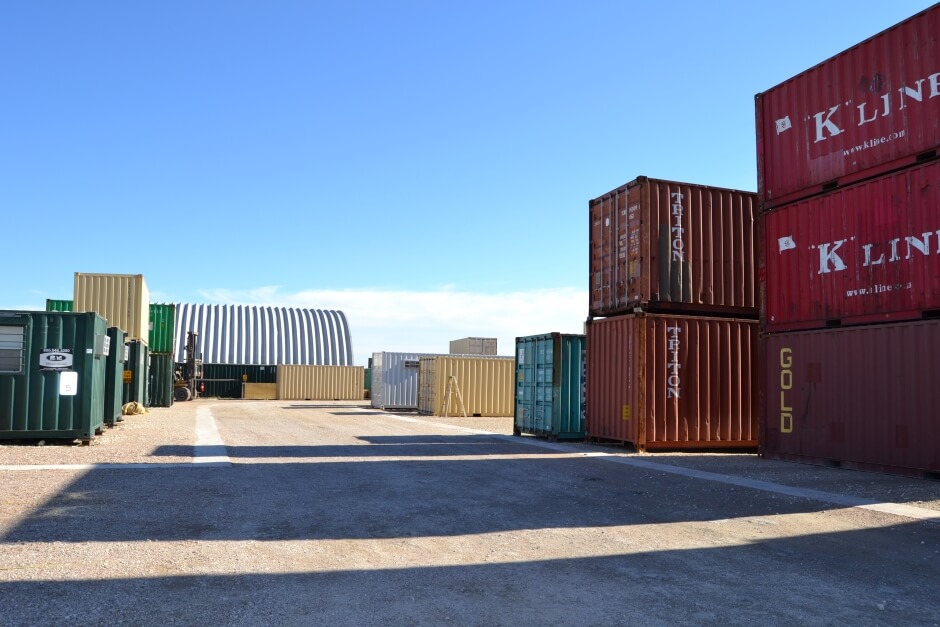
A deep dive into the dimensions and uses of different shipping containers might be overwhelming, especially if you have a modified container project in mind and don’t know where to start.
Learn the basics of shipping containers on our website by reading our blog and browsing our resource library. You’ll soon discover the potential of modified shipping containers, like workplaces, bathrooms, equipment enclosures, living spaces, and multi-container structures. View Falcon’s wide variety of modifiable floor plans to see what’s possible.
Here at Falcon, we have experience working with all container types and sizes for many industry applications. We can guide you in the right direction. Reach out to our team at 512-131-1010 or email us at Sales@FalconStructures.com.
SUBSCRIBE
- Shipping Container Modifications
- How-Tos
- Workspace
- Commercial Construction
- Multi-Container Buildings
- Storage Solutions
- Industrial Enclosures
- Bathrooms & Locker Rooms
- Oil & Gas
- Climate Control
- Green Building
- Living Space
- Industry Insight
- Military & Training Facilities
- Water Treatment Solutions
- Energy
THINK INSIDE THE BOX®
WITH OUR BLOG
Get everything from shipping container basics, to detailed how-tos and industry news in our weekly blog. Stay inspired and subscribe!
RELATED BLOGS
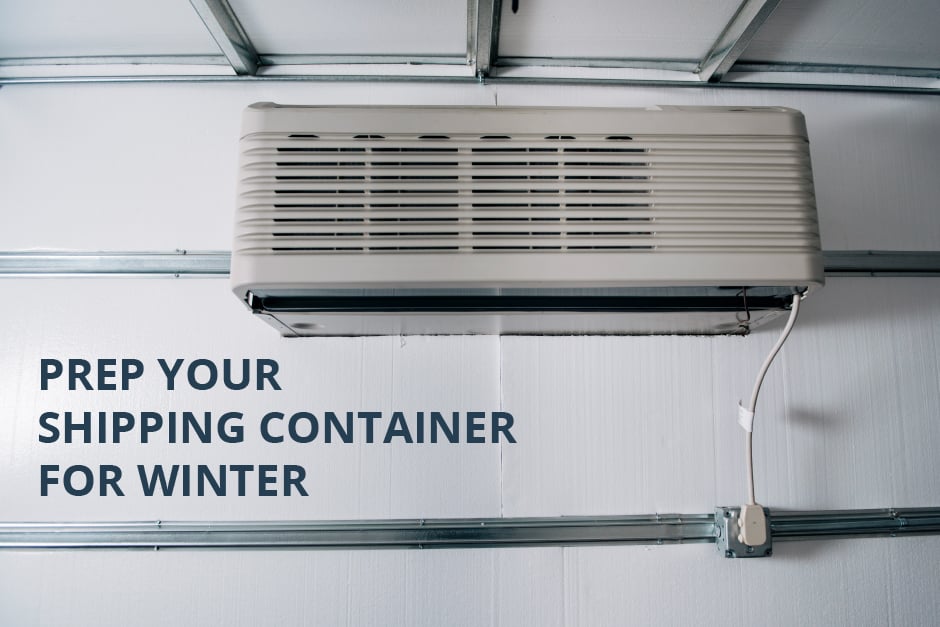
7 Shipping Container Maintenance Steps to Help You Prep for Winter
Marissa Morin | Jan 6, 2021 | 2 min read
READ MORE
Shipping Container Insurance: How to Protect Your Jobsite Office
Marissa Morin | May 17, 2023 | 3 min read
READ MORE
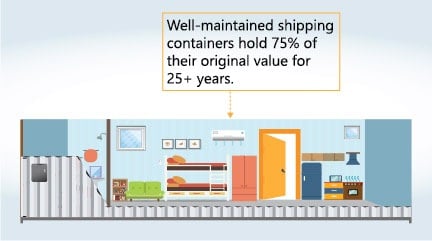
Infographic: Fascinating Facts about Shipping Containers
Paige Welsh | Nov 21, 2017 | 1 min read
READ MORE
